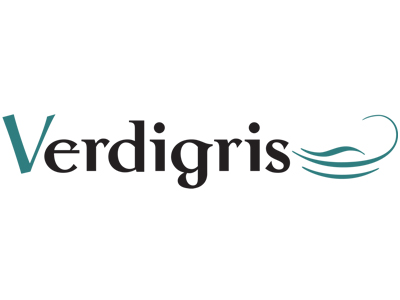We have always been strong supporters of the printing industry and its sustainability. We have encouraged the use of print as a sustainable communications medium because it is mostly based on a renewable resource, paper. It is still highly sustainable as a medium, however it is increasingly clear that today’s communications business is all about data, rather than format.
This raises some interesting questions for the graphics business and its future as data providers, using physical as well as electronic media. Those questions are less urgent in sectors such as packaging, for which no electronic equivalent yet exists. It’s less urgent for sectors where people make an active choice for physical media such as for books, greetings cards and wrapping paper. But elsewhere, the picture is less rosy particularly as the traditional printing company faces new sources of competition with every new app and social channel.
We are dealing with a new data landscape. Data and document management companies have been around for decades, mostly for transactional data production. These are the companies who produce credit card statements, insurance data and the like. They have mostly stuck to monochrome production using data formats such as AFP/IPDS to generate individual statements. The data exists only on the page and in the fleeting moment when the page image data is created.
The new breed of this species provides print and document management services, including print production and delivery. They provide archiving services, and a secure platform for data management. They even discourage the use of print wherever possible, on the basis that it is more expensive to produce and hostile to the environment. And of course included is some sort of offsetting model. This data management model is where the rest of the graphic industry’s future lies.
That printers and publishers are in the data business may come as a surprise to many people but it really shouldn’t. The likes of Ricoh, Xerox, HP Inc and others have recognised this for years. Relative newcomers such as Heidelberg have done a sterling job at reinvention. But their data driven subscription services are woefully underutilised perhaps because the people selling them are still digital agnostics at heart. In the UK for instance, one of Heidelberg’s most important markets, not a single printing company has signed up for its subscription services. Upstarts such as Cloudprinter.com, Vistaprint and Moonpig get it, and are pushing the industry forwards. They are in the minority, but they are strong and healthy businesses.
Reluctance to accept that printers and publishers are in the data business, must change. It’s bad enough that printing has such a bad reputation as regards its environmental impact. It’s even worse that industry associations and manufacturers do such a rubbish job at promoting print’s environmental credentials. Ignoring the blindingly obvious is no way to compete in a world where the platform is the thing and data is the new oil.
– Laurel Brunner
This article was produced by the Verdigris Project, an industry initiative intended to raise awareness of print’s positive environmental impact. This weekly commentary helps printing companies keep up to date with environmental standards, and how environmentally friendly business management can help improve their bottom lines. Verdigris is supported by the following companies: Agfa Graphics, EFI, Fespa, Fujifilm, HP, Kodak, Ricoh, Spindrift, Splash PR, Unity Publishing and Xeikon.





